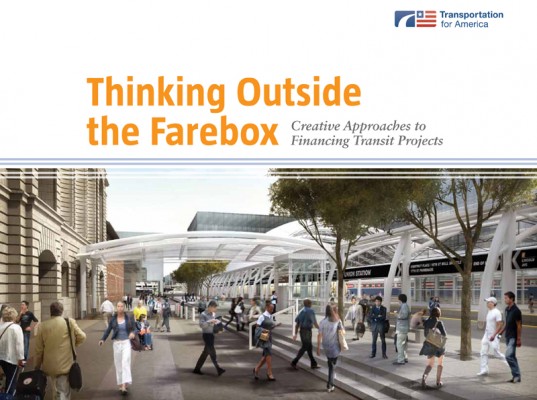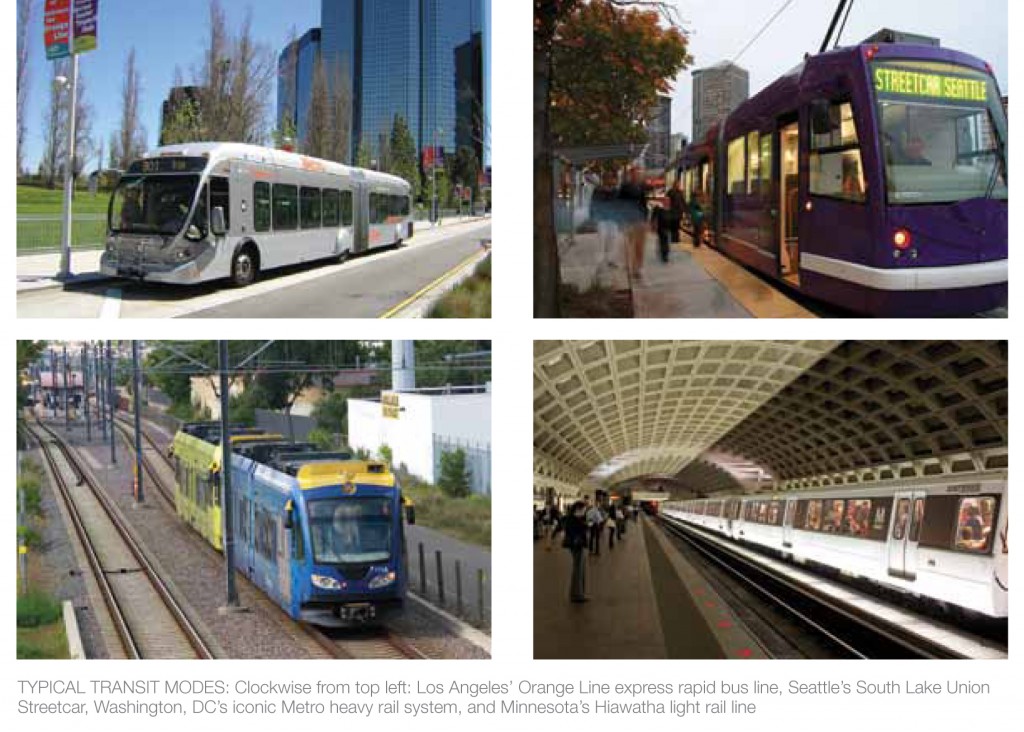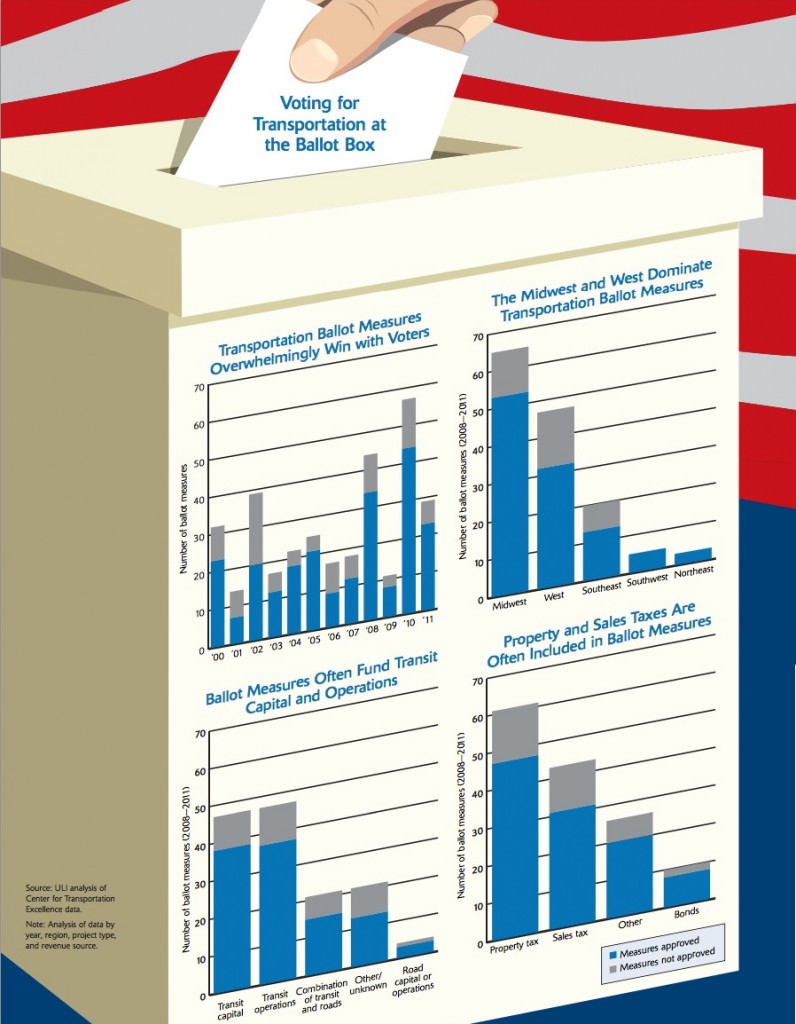More than a third of all U.S. states have plans of some sort to raise new money for transportation to help cover yawning budget shortfalls and keep up with maintenance and new construction of their state transportation networks.
NPR picked up the story this week that we’ve been following very closely and spent some time talking to T4 America director James Corless about the growing trend of states stepping out on their own to raise their own money for transportation to augment the federal funding that did not increase with the last transportation bill.
One major reason federal transportation funding did not increase is that “cars are getting more efficient, and people are actually driving less,” James Corless told NPR. “So that has conspired really to put less revenues into these state and federal funds — trust funds out of the gasoline tax. So purchasing power is declining, and so states are getting creative,” he said.
Listen:
According to figures released by Transportation for America, which advocates for modernizing the nation’s infrastructure, 19 states have approved or are considering legislation to increase transportation funding.
One creative approach was taken by Virginia, which actually eliminated its gas tax while raising sales taxes and imposing a tax on wholesale fuel. The state is also allowing the congested Northern Virginia and Hampton Roads areas to raise their own tax revenue.
Republican William Howell, the speaker of the Virginia House, helped broker the deal. “It was a true compromise,” he says. “As with most any compromise, no one’s 100 percent happy with every feature of it. There are some things that I’m not crazy about. I’m sure there’s some features that other people don’t relish. But we had to do it.”
Though a third of all states do have some sort of proposal in the works, they’re all certainly not created equal. Ohio is looking to borrow more than a billion dollars against future turnpike revenues to build yet more roads. Gov. Walker in Wisconsin wants to borrow $1.2 billion and repay it with dwindling trust fund dollars and general tax revenue. A bill in Indiana would allow Indianpolis counties to tax themselves and invest that money in transit. Massachusetts has a plan to raise as much as a billion dollars a year for multimodal needs, including budget relief for their amazingly indebted transit agency.
Want to learn more and see what your state is planning, if anything?








